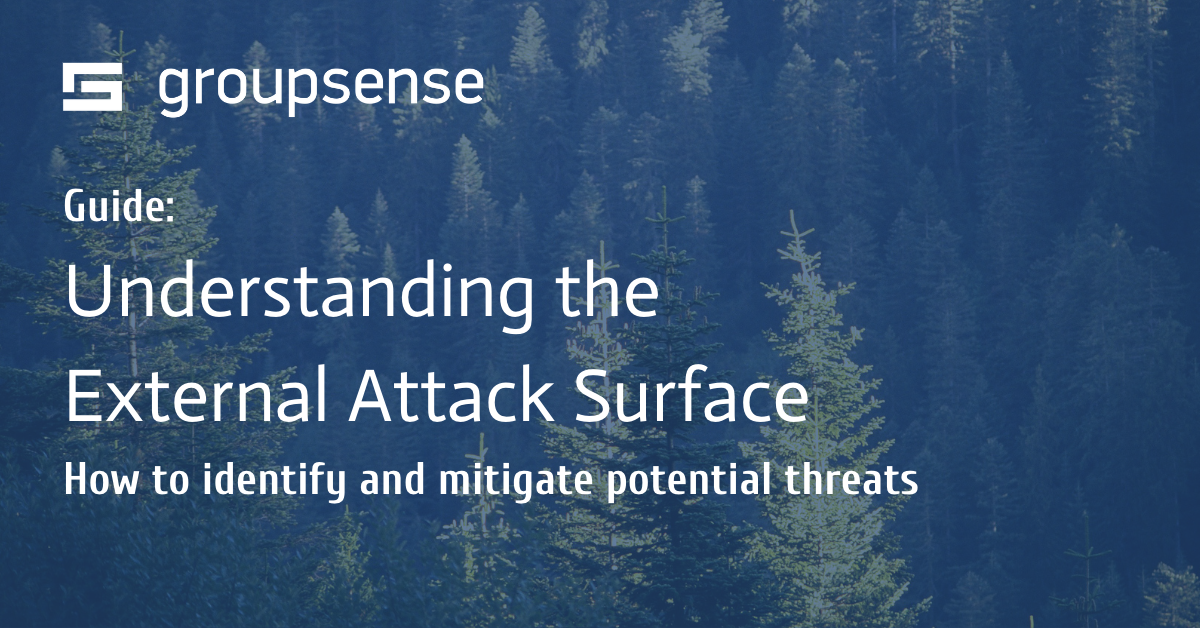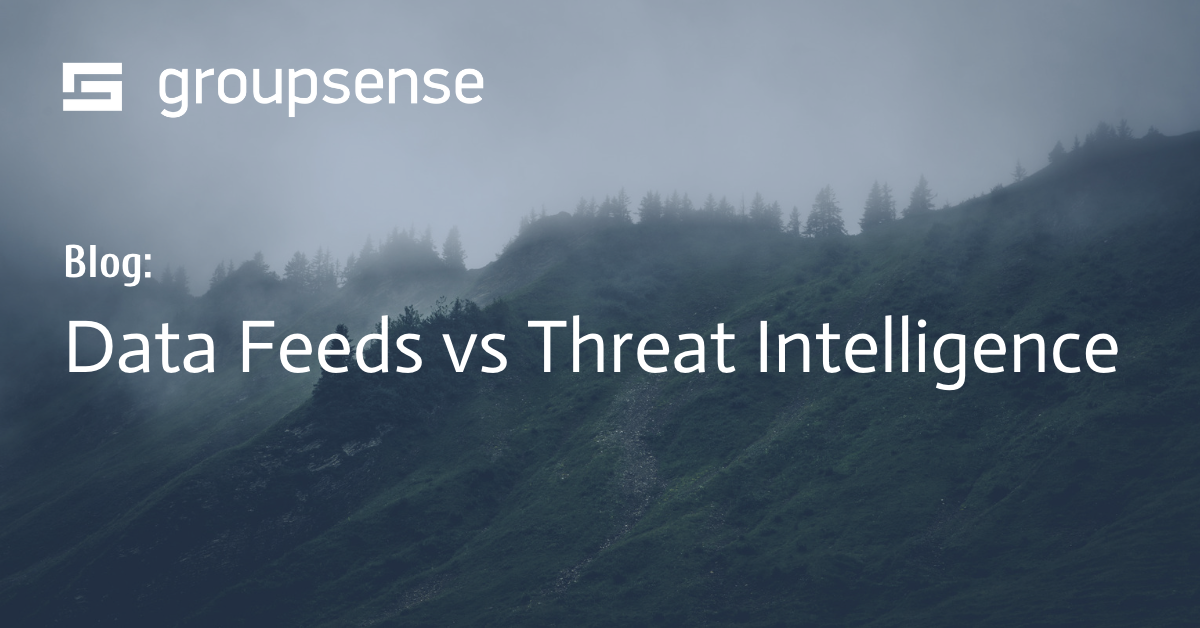In the world of cybersecurity, digital forensics and incident response (DFIR) play a crucial role in identifying, investigating, and mitigating cyber threats. DFIR involves the collection, preservation, and analysis of digital evidence to uncover the source and extent of an attack. In this comprehensive guide, we’ll take a deep dive into the world of digital forensics and incident response and explore the key components of the DFIR process, incident response process, and the tools and techniques used by DFIR professionals.
Understanding Digital Forensics and Incident Response (DFIR)
DFIR is a complex and multifaceted field that encompasses many different skills and techniques. At its core, DFIR is about investigating and analyzing digital evidence to determine what happened during a cyber attack, how the attack occurred, and who is responsible. By leveraging a wide range of tools and techniques, DFIR professionals are able to identify and mitigate cyber threats, prevent future attacks, and help organizations stay secure.
Definition and Importance of DFIR
Digital forensics is the process of collecting, examining, and preserving digital evidence in order to establish facts and draw conclusions about a cyber attack or other digital crime. Incident response, on the other hand, is the process of identifying, containing, and mitigating the impact of a cyber attack to prevent further damage. Both digital forensics and incident response are essential components of any cybersecurity strategy, as they enable organizations to quickly respond to and recover from cyber threats.
The Evolution of DFIR
The field of DFIR has evolved rapidly in recent years, thanks in part to the increasing sophistication and frequency of cyber attacks. DFIR professionals now have access to a wide range of tools and techniques, including network forensics, memory forensics, and mobile device forensics. Additionally, the development of open-source and commercial DFIR tools has made it easier than ever for organizations to implement effective DFIR practices.
Key Components of DFIR
The DFIR process involves several key components, including evidence collection and preservation, data analysis and interpretation, and reporting and documentation. By following a rigorous and systematic approach to DFIR, organizations can ensure that they are collecting and analyzing digital evidence effectively, and that they are able to use that evidence to identify and mitigate cyber threats.
The Digital Forensics Process
Evidence Collection and Preservation
The first step in the digital forensics process is to collect and preserve digital evidence. This involves creating a forensic image of the device or system in question, which is an exact copy of the original data. By creating a forensic image, DFIR professionals can ensure that the original data is not altered or tampered with, and that it can be analyzed accurately and reliably.
Once the forensic image has been created, DFIR professionals can begin to analyze the data using a wide range of tools and techniques. This may involve searching for specific keywords or patterns within the data, or analyzing the metadata associated with files and other digital artifacts.
Data Analysis and Interpretation
Once the digital evidence has been collected and preserved, DFIR professionals can begin to analyze and interpret the data. This involves using a variety of tools and techniques to uncover patterns and insights within the data, and to identify potential sources of evidence that may be relevant to the investigation.
Data analysis in DFIR can be a complex process, as it often involves large datasets and requires a high level of technical expertise. However, with the right tools and techniques, DFIR professionals can quickly identify and interpret digital evidence, and use that evidence to build a comprehensive picture of what happened during a cyber attack.
Reporting and Documentation
The final step in the digital forensics process is to create a detailed report of the findings. This report should include a summary of the digital evidence collected, a description of the analysis and interpretation process, and a conclusion that outlines the key findings of the investigation.
Additionally, DFIR professionals should provide detailed documentation of their methodology and analysis techniques, in order to ensure that their findings are transparent and reproducible. By providing clear and detailed reports of their findings, DFIR professionals can help organizations to improve their cybersecurity practices, and prevent future cyber attacks.
The Incident Response Process
Preparation and Planning
The incident response process begins with preparation and planning, which involves developing a comprehensive incident response plan that outlines the steps that will be taken in the event of a cyber attack or other security incident. This plan should outline the roles and responsibilities of team members, as well as the tools and techniques that will be used to contain and mitigate the incident.
Detection and Analysis
Once an incident has been detected, the incident response team can begin to analyze and assess the impact of the incident. This involves gathering information about the incident, identifying affected systems and data, and assessing the severity of the incident.
By quickly detecting and analyzing an incident, the incident response team can help to prevent further damage and minimize the impact of the incident on the organization.
Containment, Eradication, and Recovery
The next step in the incident response process is to contain, eradicate, and recover from the incident. This involves taking steps to prevent the incident from spreading, removing any malware or other malicious code from affected systems, and restoring data and systems to their previous state.
By quickly containing and eradicating the incident, the incident response team can minimize the impact of the incident on the organization and prevent further damage.
Post-Incident Activities
The final step in the incident response process is to conduct a post-incident review and analysis. This involves assessing the incident response process, identifying areas for improvement, and implementing changes to prevent future incidents from occurring.
By conducting a thorough post-incident analysis, organizations can learn from their mistakes and improve their incident response processes, thereby improving their overall cybersecurity posture.
DFIR Tools and Techniques
Open-Source and Commercial Tools
DFIR professionals have access to a wide range of open-source and commercial tools that are designed to help them collect, analyze, and interpret digital evidence. Open-source DFIR tools are typically free and open to the public, while commercial DFIR tools are generally more expensive but offer more advanced features and functionality.
Network Forensics Tools
Network forensics tools are designed to help DFIR professionals collect and analyze network traffic data in order to identify potential security threats. These tools can help to identify suspicious activity, such as unauthorized access attempts, malware infections, and other forms of cyber attack.
Memory Forensics Tools
Memory forensics tools are designed to help DFIR professionals analyze the memory of a compromised system in order to uncover evidence of a cyber attack. These tools can help to identify malware infections, suspicious processes, and other indicators of compromise.
Mobile Device Forensics Tools
Mobile device forensics tools are designed to help DFIR professionals analyze data stored on mobile devices, such as smartphones and tablets. These tools can help to uncover evidence of cyber attacks that may have occurred on mobile devices, such as malware infections or unauthorized access attempts.
By utilizing a wide range of DFIR tools and techniques, DFIR professionals can quickly identify and mitigate cyber threats, prevent future attacks, and help organizations stay secure in an increasingly complex and dangerous digital landscape.






